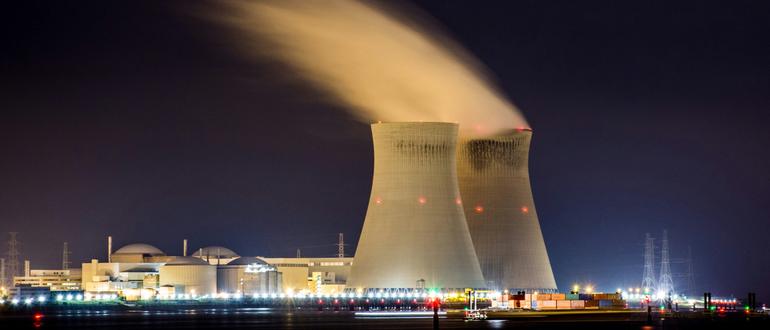
Google’s latest deal to power its data centers with nuclear power clearly points to a larger trend. The company’s move is echoed by Microsoft, Amazon, and Meta, all of which have arranged to power part of their growing data center buildout using nuclear reactors.
The reason is clear: the demand for electricity is trending upward—and fast. Data centers, now handling the power burden of supporting generative AI, are the primary driver. Deloitte estimates U.S. data center consumption could quintuple by 2035, an increase that forces a rethink about resource mix. Against that backdrop, the largest hyperscalers have little choice but to turn to nuclear power.
Google’s recent move is a clear signal. In a three-way arrangement with Kairos Power and the Tennessee Valley Authority (TVA), Google will secure up to 50 megawatts from Kairos’s Hermes 2 advanced reactor in Tennessee, with operations slated for 2030. The project is the initial step of a broader Google–Kairos framework targeting 500 megawatts of advanced nuclear by 2035 to support Google’s data centers in Tennessee and Alabama.
Microsoft is pursuing nuclear on multiple fronts. Its 20-year agreement with Constellation Energy involves a restart of Pennsylvania’s Three Mile Island Unit 1—a nuclear plant long shadowed by the partial nuclear meltdown of the Unit 2 reactor in 1979 (Unit 1 was not involved in the accident). That deal reflects Microsoft’s strategy of pairing proven nuclear assets with a mix of energy creation innovations to meet AI-era demand.
Amazon is also moving aggressively. In June, the company struck a contract to buy 1.9 gigawatts from Talen Energy’s Susquehanna nuclear facility in Pennsylvania, dovetailing with a multi-billion-dollar regional data center build-out. Amazon has also lined up small modular reactor (SMR) capacity through Energy Northwest, with an initial phase of 320 megawatts and an option to expand to 960 megawatts. Additional collaborations with developers such as X-energy and Dominion Energy broaden its options in key markets.
Meta has made similar commitments, including a 20-year deal for 1.1 gigawatts from Constellation’s Clinton Clean Energy Center in Illinois. Scheduled for closure before the Meta deal, the facility will now increase its output by 30 megawatts through uprates, bringing the total capacity sold to Meta to a hefty 1,121 megawatts.
Taken together, the four hyperscalers are carving a pathway for nuclear to rejoin the center of U.S. power planning, this time as a carbon-free backbone for cloud computing and AI.
The reasons for nuclear’s surge are reliability and scale. Nuclear’s capacity factor (a ratio of total operating efficiency), above 92 percent, outpaces gas, wind, and solar by a wide margin. That round-the-clock output keeps pace with the voracious power demands of AI workloads, which are both power-dense and latency-sensitive. A single conventional reactor can deliver roughly 800 megawatts, and emerging SMR designs offer additional potential.
For cloud and AI vendors used to thinking in multi-site regions and availability zones, a highly predictable baseload simplifies the task of assembling resilient, low-carbon footprints.
What’s emerging is a new playbook for data center power: blend wind and solar with the steady carbon-free capacity of nuclear. Google’s TVA deal, Microsoft’s Constellation pact, Amazon’s Talen and Energy Northwest agreements, and Meta’s long-term nuclear purchase collectively point to a reshaped supply stack for hyperscale computing.

